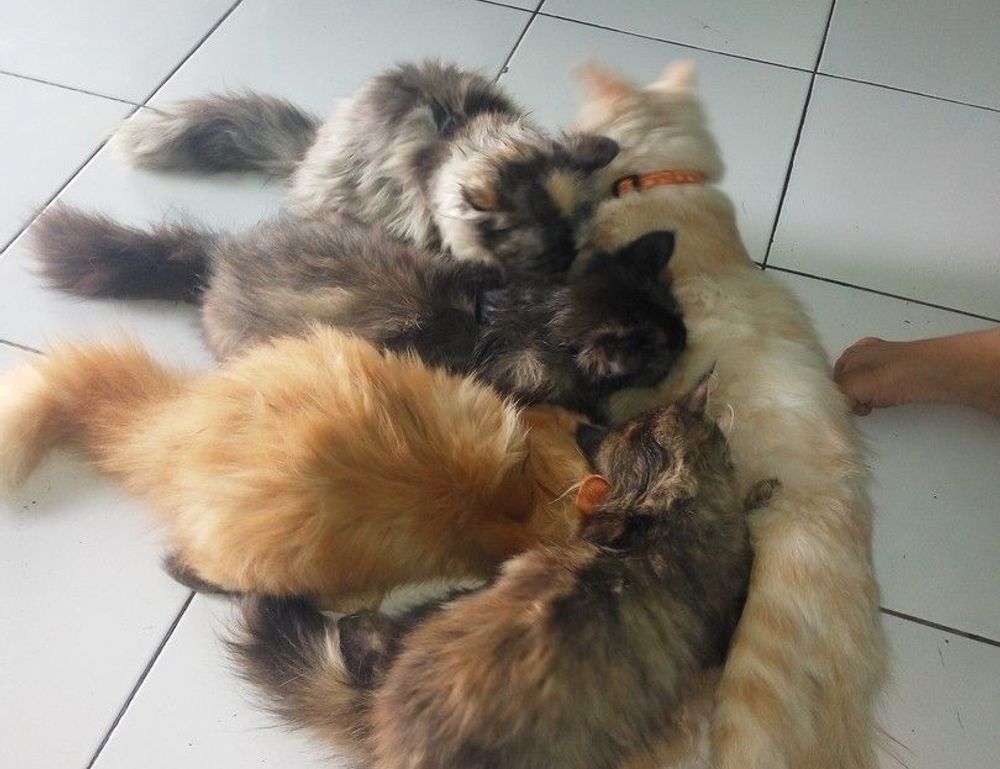What Is the “error susbluezilla new version”?
At first glance, this string looks like something autogenerated by a rogue script. But after digging through release notes and patch logs, it seems like error susbluezilla new version refers to a specific diagnostic tag embedded in a recent update within a broader software ecosystem—likely tied to a backend logging system or cloud service.
Currently, it shows up in testing containers, QA pipelines, and developer staging environments. While it may sound like a random code, it signifies a deeper issue tied to compatibility or misaligned configurations between service layers.
Where It’s Showing Up
No clear documentation outlines where it officially originates, but reports cluster around systems running container orchestration platforms (read: Kubernetes) or updated versions of microservices hubs. It’s not tied to any single platform, but the pattern is emerging:
- Log aggregators signal repeated noise from unknown services.
- API calls return non200 status codes, tagged with “susbluezilla.”
- Container restarts increase postdeploy.
- Rollbacks resolve the message appearance.
This points to a misfire in the release pipeline or dependency mismatch. There’s no evidence it’s malware or malicious—just sloppy or undertested deployment.
What It Probably Means
Occam’s Razor says the simplest answer is usually correct. Here, that likely means it’s a custom error label not stripped before release. Dev teams use placeholder names internally. “Susbluezilla” might’ve originally stood in for “suspicious blue node failure” or something inhouse.
The “new version” part reinforces the idea this is updatetriggered. Maybe an internal library or handler module wasn’t backward compatible, and now we’re seeing the fallout.
It also could mean:
An incompatibility in container orchestration (Helm chart misalignment?) Malformed JSON payloads during API consumption Faulty deployment of canary builds Missed rollback conditions in CI/CD
Why It’s Frustrating
Nothing about this error helps you fix it faster. That’s the core problem. Cryptic labels like error susbluezilla new version slow down diagnostics, especially in decentralized teams. If you’re dealing with:
Unclear error documentation Intermittent failures without stack traces Gaps in monitoring & tracing
…then resolving the issue feels more like guessing than debugging.
It’s frustrating because this highlights a systemic issue in modern software engineering: overly complex stacks with insufficient observability. Logs are only as good as the annotations. Stuff breaks, and users are left translating nonsense like “susbluezilla.”
Temporary Fixes & Workarounds
Here are a few loweffort steps you can take to isolate or mitigate the issue:
1. Roll back to the last stable version: If you’ve got versioning locked down tightly, reverting to the previous commit or container version usually stops the error from appearing.
2. Check dependency trees: Look at recent updates for nonstable packages or transitive dependencies that may have silently introduced breaking changes.
3. Strip local debugging tools from production deploys: Sometimes artifacts like “error susbluezilla new version” are only visible when debug layers are turned on. Check your environment flags.
4. Increase log verbosity smartly: Crank up logging for specific containers or scripts. Look for the exact instance where “susbluezilla” shows—try to trace upstream.
5. Collaborate across teams: Chances are, someone in another silo is pulling their own hair out over the same bug. Crosspollinate.
Prevention Tips for Future Deployments
This is less about fixing one string and more about preventing useless strings from hitting customerfacing environments again.
Set stricter code review gates: Don’t let internal dev markers hit production. Catch odd error messages during pull request reviews. Improve observability tooling: Use structured logs, and tag logs with useful info, not cartoonsounding placeholders. Test in productionlike environments: Identical staging doesn’t stop surprises, but it reduces them. Version carefully: Semantic versioning should be enforced. Let teams know whether a push is patchlevel or a breaking change.
Final Thoughts
The quiet chaos surrounding the error susbluezilla new version is yet another reminder: simplify your stack, document your changes, and protect your pipeline. The more we treat production like a junk drawer of surprises, the more time we’ll waste hunting ghosts.
It might be a funny name, but the fallout isn’t. Clean it up before your users trip over it again.
